Winter storms can be unpredictable and severe, but with the right preparation, you can ensure safety and comfort for yourself and your family. Prepping isn’t about panic—it’s about peace of mind. Knowing you’ve taken the necessary steps to handle whatever nature throws your way can help you feel in control, even in the harshest conditions. Whether it’s losing power, getting snowed in, or facing freezing temperatures, these practical strategies will help you stay safe and warm during any winter storm.
Stock Up on Essential Supplies

Being prepared for a winter storm starts with having the right supplies on hand. Store enough food and water for at least a week—this includes non-perishable foods like canned soups, dried fruits, nuts, and energy bars. Each person in your household will need at least one gallon of water per day. Don’t forget about a manual can opener and a portable stove or grill for cooking. First aid kits, sanitation supplies, and any critical medications should be part of your stockpile, too. Having these essentials ready means you won’t need to brave the elements to get them later.
Winterize Your Home for the Cold

Your home is your first line of defense during a storm, so take steps to make sure it’s ready. Inspect windows and doors for drafts, and use weatherstripping or draft stoppers to keep the cold air out. Insulate your pipes to prevent freezing and bursting, which can be disastrous in low temperatures. Consider installing backup heating options like a wood stove or gas heater, and be sure you have enough firewood, propane, or other fuel stocked up. You should also have extra blankets, sleeping bags, and layers of warm clothing in case the power goes out.
Keep Your Car Storm-Ready
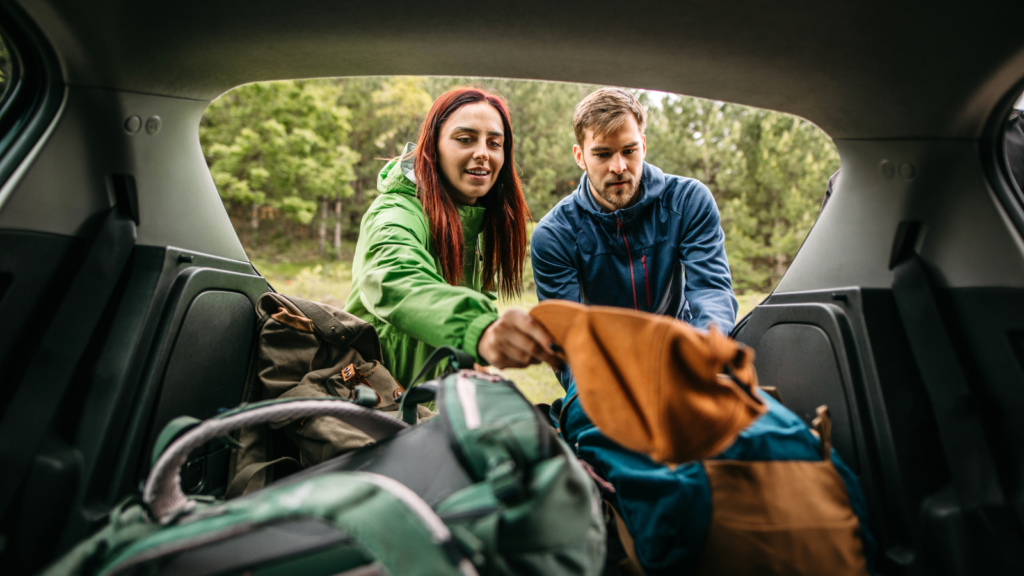
Getting stranded in a snowstorm is a serious risk, so your vehicle should always be winter-ready. Build an emergency kit for your car that includes blankets, a flashlight, snacks, and a first-aid kit. Add extra winter-specific gear like an ice scraper, snow shovel, sand or cat litter for traction, and jumper cables. Make sure your tires are in good condition and consider switching to winter tires if the storms in your area are severe. Also, keep your gas tank at least half full to avoid frozen fuel lines and to ensure you can stay warm if stuck.
Don’t Forget About Your Pets

Your pets are part of the family and need just as much protection during a storm. Bring them inside well before the weather turns bad, and have extra food, water, and any necessary medications for them. Set up a warm, safe area where they can stay, and limit their exposure to the cold when taking them outside for bathroom breaks. Watch their paws carefully—salt and ice can cause irritation or injury. A little prep now will make sure your furry friends are safe and comfortable throughout the storm.
Charge Your Devices and Have Power Backups
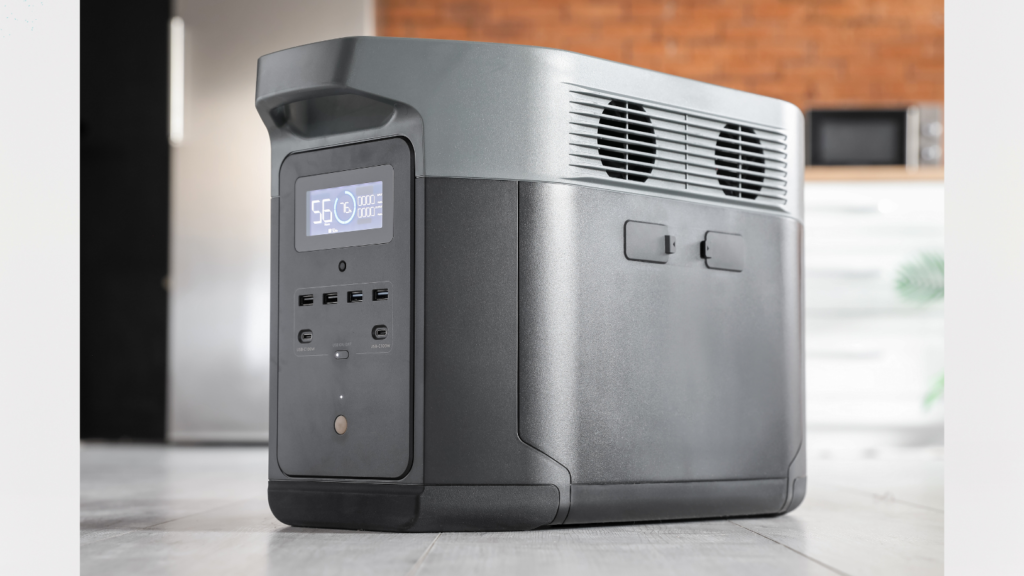
Storms often lead to power outages, so make sure your devices are charged and ready before the storm hits. Have fully charged power banks and backup batteries for your phones, laptops, and any other essential electronics. In addition, consider investing in a small generator to keep vital devices running in case of a long-term outage. Be mindful of safety when using generators—never use them indoors due to the risk of carbon monoxide poisoning. Having power backups ensures that you can stay connected and informed during the storm.
Plan for Long-Term Power Outages
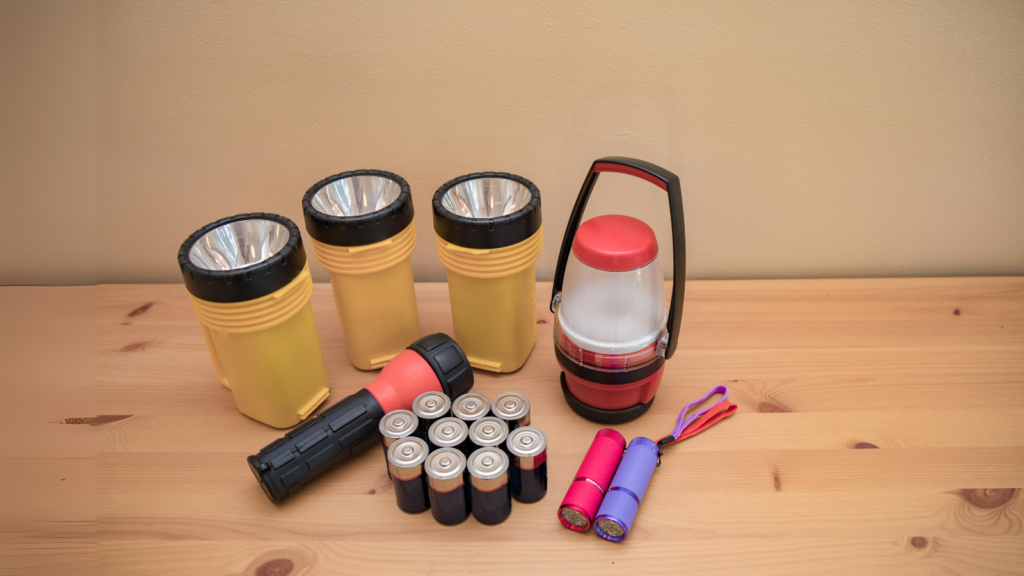
If a winter storm knocks out power for more than a few hours, your priority should be staying warm and safe. Stock up on long-lasting candles, matches, flashlights, and extra batteries before the storm hits. While candles can provide both light and warmth, make sure to use them safely to prevent fires.
For extended power outages, only use heating sources that are safe for indoor use, like a properly vented wood stove or space heater. Avoid using gas-powered devices like grills or generators inside, as they produce carbon monoxide, which can be deadly. With the right planning, you can stay warm and comfortable even without electricity.
Know How to Shut Off Utilities in an Emergency
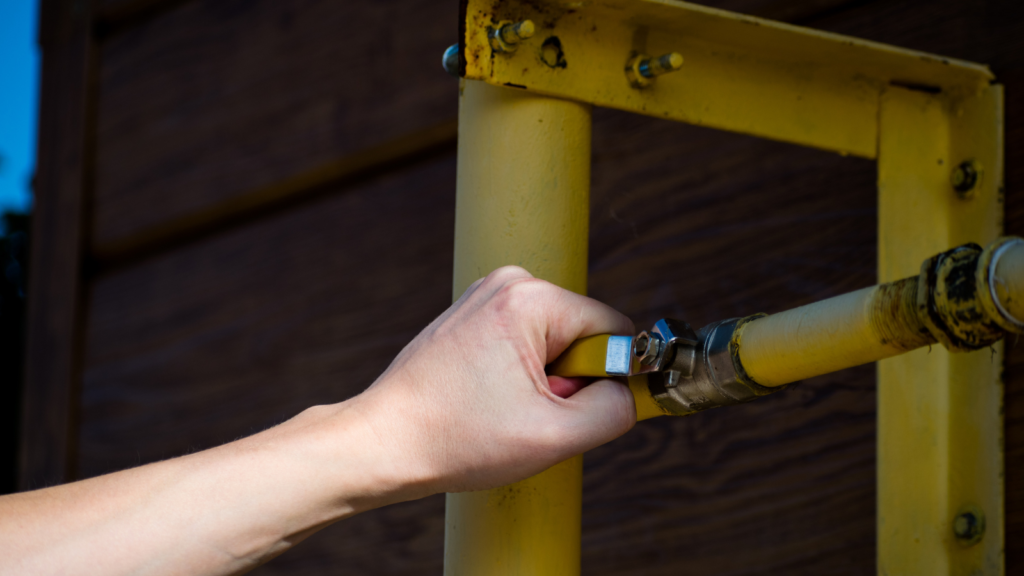
During a winter storm, it’s essential to know how to quickly shut off utilities like water, gas, and electricity in case of an emergency. If pipes burst, shutting off your water can prevent flooding. Gas leaks are also a risk, especially when using alternative heating methods, so knowing where your gas shut-off valve is and how to use it is vital. Make sure everyone in your household knows these procedures ahead of time to avoid confusion during the storm.
Create a Family Communication Plan

Having a plan for how your family will stay in touch is crucial during a winter storm, especially if cell service is disrupted or power is lost. Designate a meeting place in case you’re separated, and make sure everyone has a list of important phone numbers written down, not just saved in their phones. Identify a relative or friend out of town who can act as a central contact point to relay information between family members if needed.
Insulate and Protect Water Sources
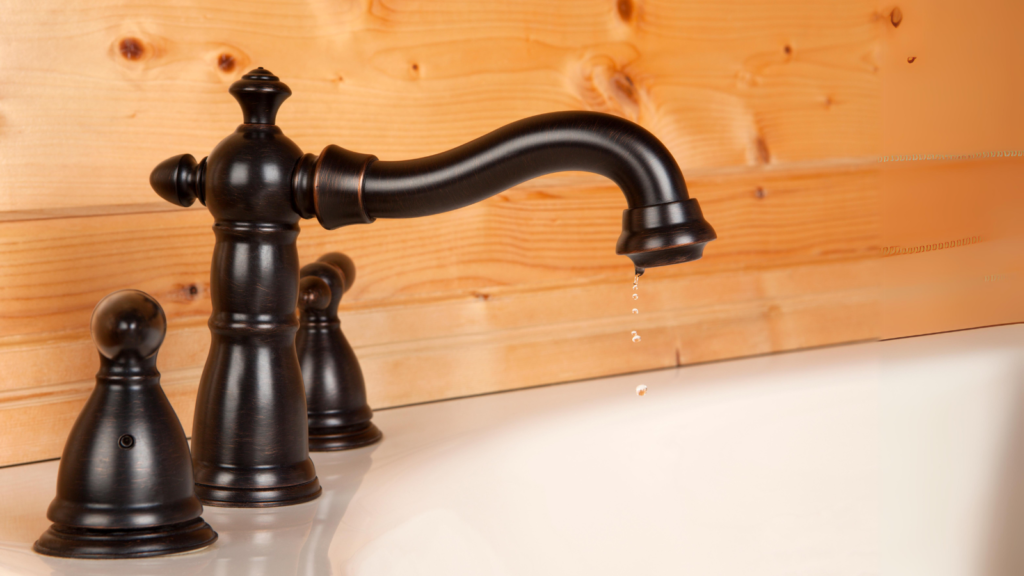
During extreme cold, pipes can freeze, leaving you without running water. To prevent this, insulate any exposed pipes in your home, particularly those along exterior walls or in unheated areas like basements and attics. You can use foam sleeves, heat tape, or even newspapers in a pinch. Leave faucets dripping slightly to prevent freezing, and know where your main water valve is in case you need to shut it off.
Stay Informed with Weather Alerts
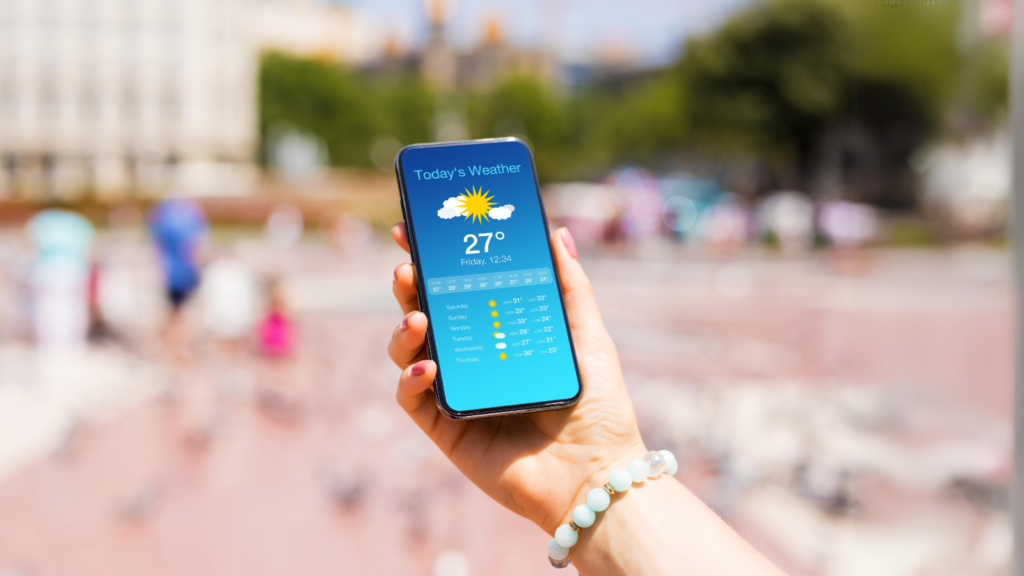
Make sure you’re signed up for weather alerts and updates through your phone, local radio stations, or a NOAA weather radio. Being aware of changing conditions can help you make informed decisions during a storm, such as whether to stay home, leave early, or move to a safer location. Apps like the Red Cross or FEMA’s Weather Alert App can also provide real-time updates.
Have a Backup Cooking Plan
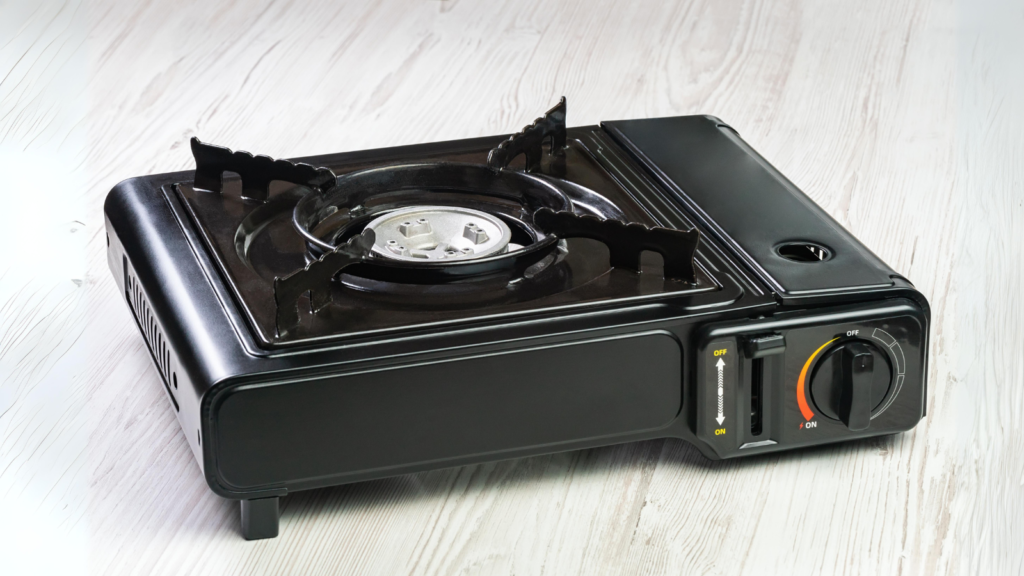
If the power goes out, you’ll still need a way to prepare food. Having a camp stove, portable propane stove, or even a small grill can be a lifesaver. Ensure you have enough fuel for several days, and never use these appliances indoors due to the risk of carbon monoxide. If cooking outdoors isn’t an option, stock up on ready-to-eat meals like energy bars, jerky, and canned goods that can be eaten cold.
Dress in Layers to Stay Warm
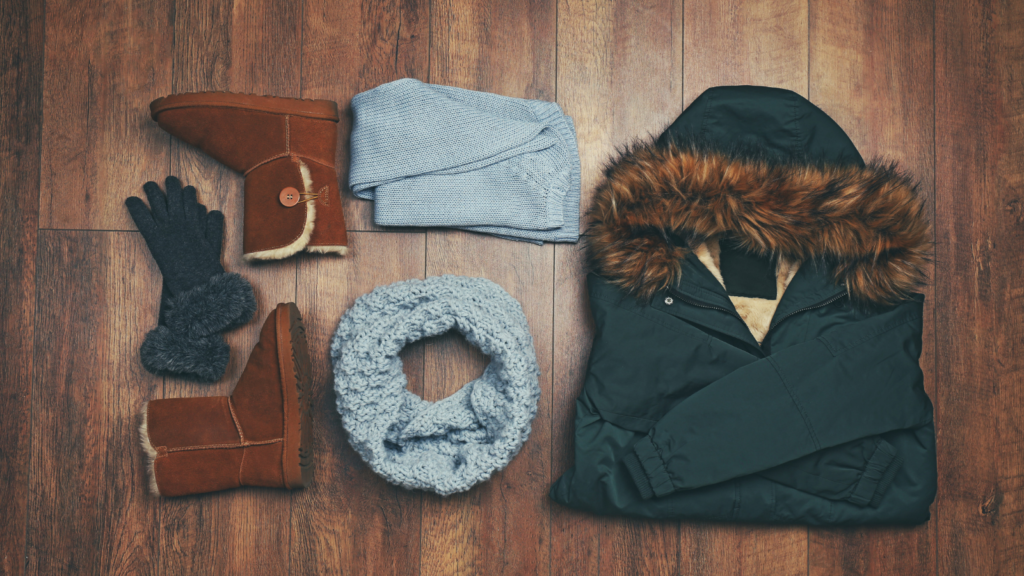
Dressing in layers is one of the most effective ways to retain body heat during a winter storm. Start with a moisture-wicking base layer to keep sweat off your skin, followed by an insulating middle layer like fleece or wool to trap warmth. Finally, wear a windproof and waterproof outer layer to protect against snow and cold winds. Don’t forget essentials like hats, gloves, and thick socks—much of your body heat escapes through your head and extremities, so keeping them covered is key to staying warm indoors or out.

